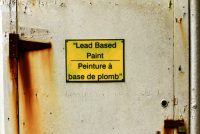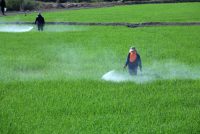Green Planning Tips for Large Events and Conventions
Green Planning Tips for Large Events and Conventions 1) When considering different sites and venues, take into account the following before making the decision: Travel—Think about how attendees will get there and what public transportation is available on-site or nearby that is easy to use for attending the event and for getting around for […]










